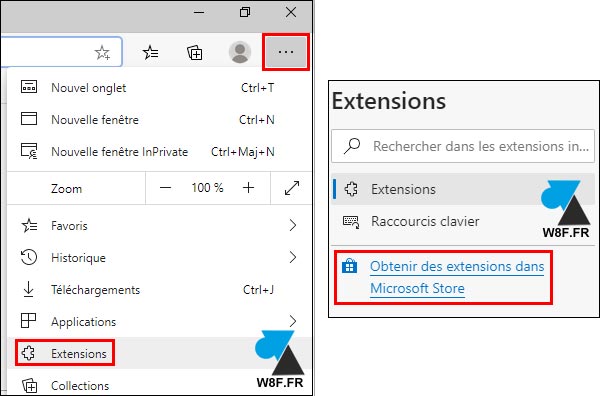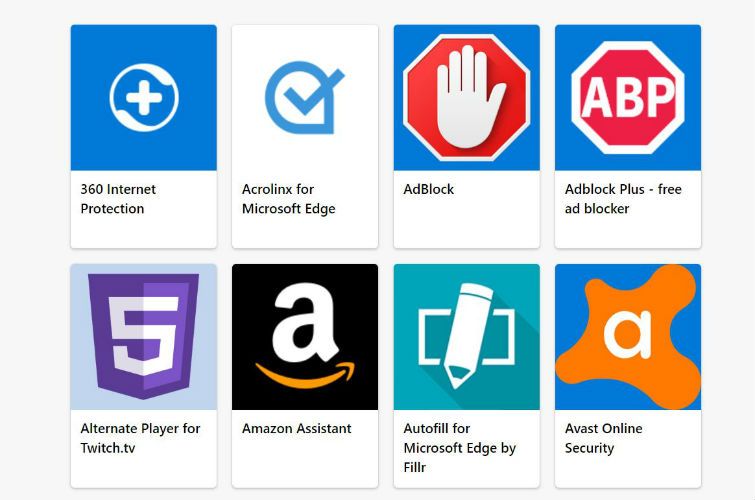:strip_exif()/i/2001073825.jpeg?f=imagegallery)
Yes! You're welcome to install AdBlock for your business or organization. You'll need to use the Chrome browser to take advantage of Google's group policy administration to suppress the first-run page when AdBlock is installed. See below for instructions.
Jan 25, 2020 Inbuilt Blocker vs Third-party AdBlock Extensions. The inbuilt tracking prevention of Edge Chromium is effective but it ain’t full proof. It can block the majority of the trackers and personalized ads but it still leaves out ads on particular trusted websites. Dec 05, 2020 Adblock Plus is currently in beta on Microsoft Edge, so you may encounter some bugs with the extension. What's more, since it's beta, not all of its expected features are available yet.

The same rules apply for enterprises as when you use AdBlock on your personal computer. You decide whether and how much you want to pay. If you plan to install AdBlock on one hundred computers or more, please consider donating. If you choose to pay for AdBlock, you can do so for the organization as a whole or per seat. Use your company or organization credit card or PayPal account (we can't invoice you or accept purchase orders).
Normally AdBlock's payment page appears every time AdBlock is installed. You can suppress this behavior to avoid your users having to see a donation pitch every time they open Chrome.
First, install AdBlock for Chrome on your users' computers via group policy. See Google's group policy help for more information. Then disable the first-run page using extension policies or a JSON file.
On Windows instances that are joined to an Active Directory domain, the first-run page can be disabled with the following registry file:

On Chromebooks, AdBlock's first-run page can be disabled with the following JSON file:
Adblock Plus Edge Chromium Extension
Adblock Plus Edge Chromium Free
For more detailed information, please see Google's Chrome for business and education help for Chrome devices.
For more information on configuring Chrome extensions by policy and instructions for OS X/MacOS, please see the Chromium project documentation.
On Linux computers, the first-run page can be disabled with the following JSON file in /etc/opt/chrome/policies/managed/ or /etc/chromium/policies/managed/:
The same mechanism as above can be used to allow central configuration of additional filter list subscriptions.
You will need to set up the following group policy to subscribe your users to additional filter lists. This example will subscribe users to the EasyPrivacy filter list in addition to the default filter lists new users are already subscribed to:
Please see Google's Chrome for business and education help for Chrome devices.
For instructions for OS X/MacOS, please see the Chromium project documentation.
For instructions for Linux, please see the Chromium project documentation.

You can't use group policy to install AdBlock with your organization's custom filters already in place. However, you can create your own filter list on a local host and subscribe your users to it automatically.
On Windows instances that are joined to an Active Directory domain, a local custom filter list can be enabled with the following registry file (assuming the URL of the custom filter list is 'https://yourcompany.com/yourcustomlist.txt'
You can use a JSON file in the following format:
For instance:

Adblock Plus Microsoft Edge
For instructions for OS X/MacOS, please see the Chromium project documentation.
For instructions for Linux, please see the Chromium project documentation.
For more information on configuring Chrome extensions by policy and instructions for other operating systems, please refer to the official Chromium Projects documentation.
